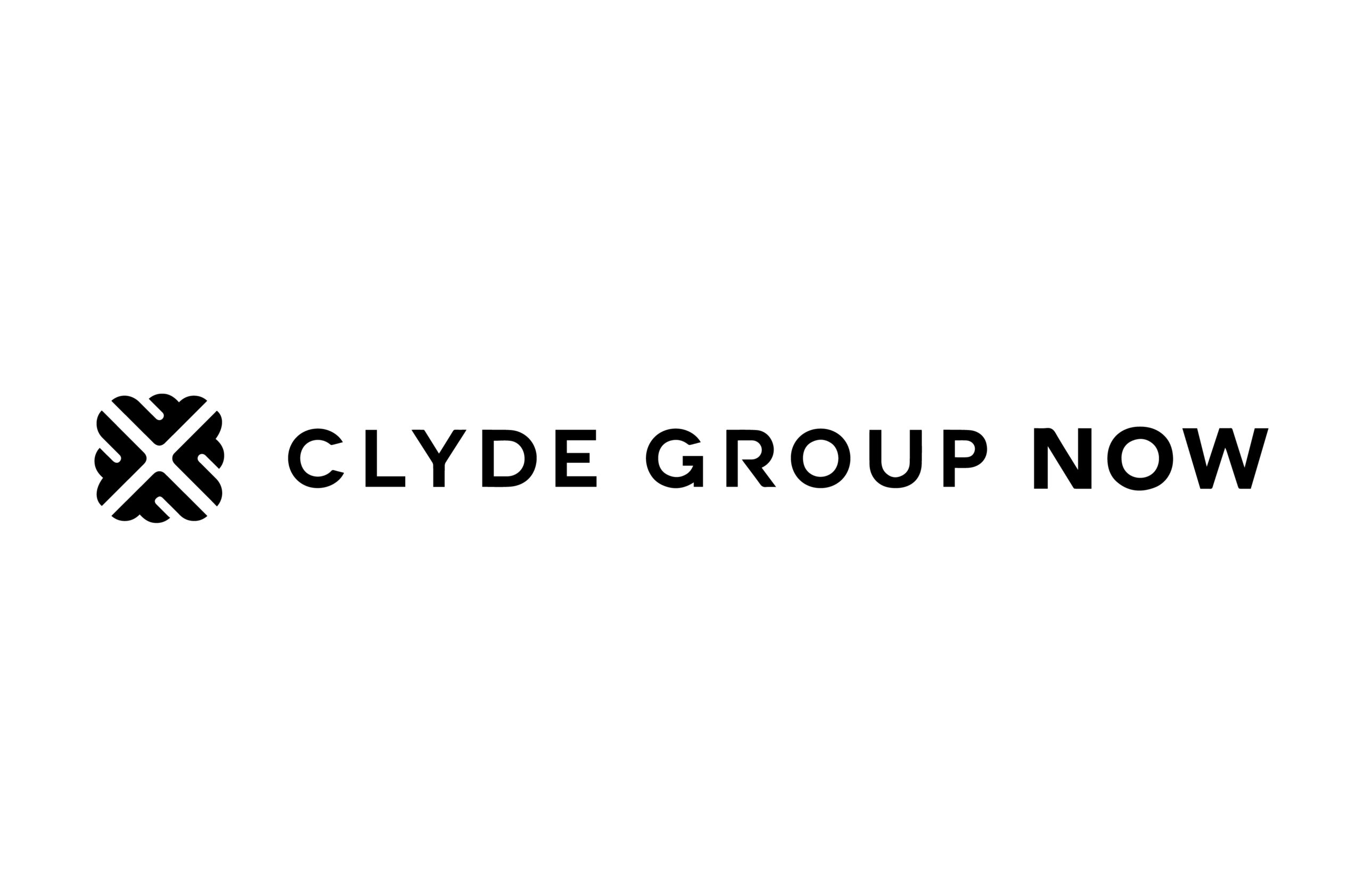Insights
COVID Impact: Hiring and Careers.

Working America has undergone unprecedented upheaval; at this moment, nearly 39 million Americans are unemployed and millions more have seen pay cuts and reductions in their hours. On top of all that, small businesses and large corporations alike, including major retail chains, service providers and restaurants, are closing their doors forever. The economy of last year—the record unemployment lows and stock market highs—is gone.
The job losses are, unsurprisingly, disproportionately affecting younger and less educated employees. According to Pew, 90% of the job loss has been among positions that cannot be teleworked—it disproportionately impacts the people conducting manual tasks or who were hired in the last few years. Recent graduates are already shell-shocked by rescinded offers and a bleak market. Even those that manage to land a job are accepting positions outside of their career path and at a lower salary.
It’s likely that broader, systemic employment changes are going to come out of this crisis. The way people communicate about work is going to shift among potential employees and employers alike. We want to explore how.
Social Platforms
In a socially distanced society, LinkedIn has become even more dominant. Over the last two months, the platform saw engagement go up by nearly 40%. Companies are posting remote work positions in record numbers and increasingly relying on social media to connect with potential hires. Scheduling coffee after coffee to reconnect with old colleagues and potential leads isn’t an option anymore. So now, when someone loses their job, there is a decent chance they will turn to their digital network and put out an open call for help on social media.
Companies looking to expand their workforces (especially those who have found their services in high demand amidst the pandemic) need to keep this trend in mind. HR teams need to put more muscle behind communicating their brand and their openings to potential applicants and expand their hiring efforts to actively look online for talent, rather than just waiting for the perfect candidate to walk in the door.
The Hiring Process
Hiring managers have, for the last few years, grappled with candidates ghosting them or passing up their offers for other opportunities. Those days are largely gone—with the exception of a few industries (programmers, for example, seem to do well in any economy), job seekers are going to apply by the thousands and accept whatever offer is put in front of them.
Companies will need to properly message their openings and be prepared to answer hard-hitting questions throughout their interviews. First, all job postings should communicate which qualifications are musts and that applicants who fall outside those guidelines won’t be considered. You don’t want to be inundated with every unemployed individual who meets one qualification and you don’t want people to be disappointed when they don’t hear back from you.
Second, internally determine what you are going to disclose about the financial state of your firm. Many job seekers right now were just let go—they will want reassurances that your business is in a sound financial position and that they will not be first on the chopping block for the second time in a year. Be clear, be explicit, and figure out what you are willing and able to guarantee. It will go a long way toward making the potential employee more comfortable.